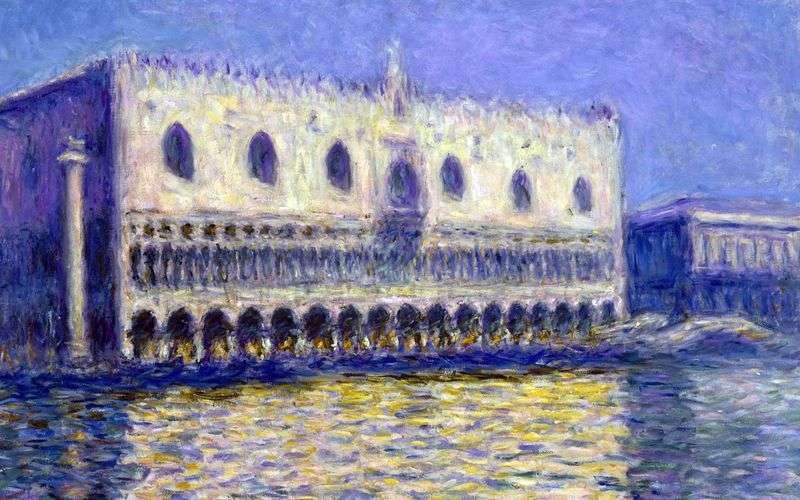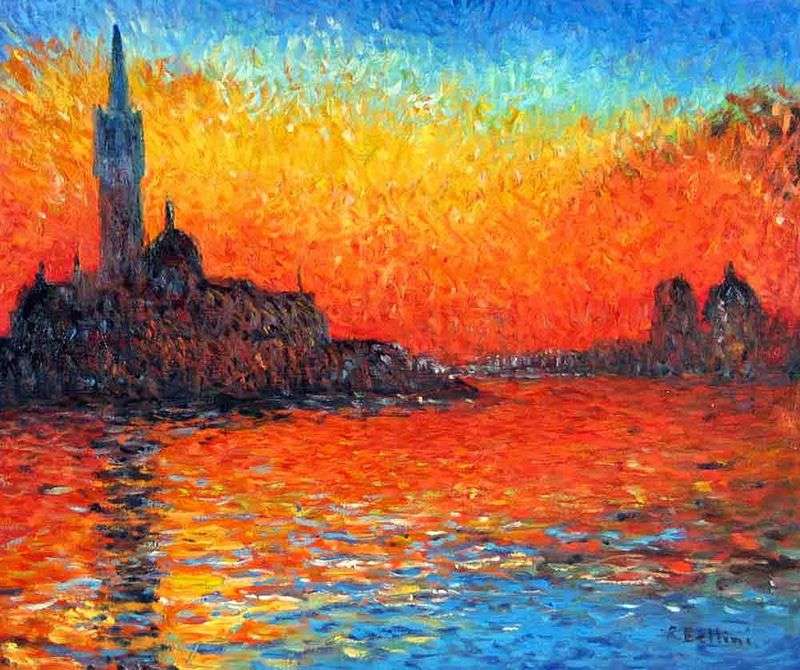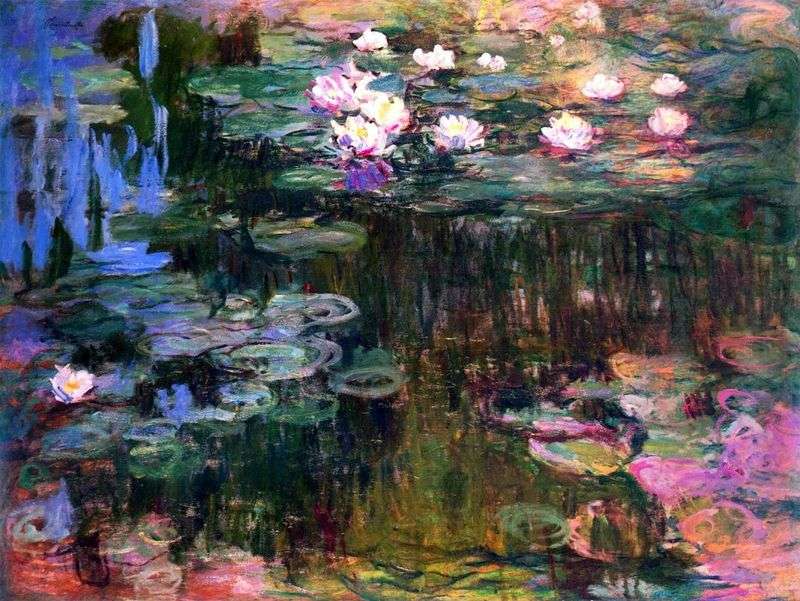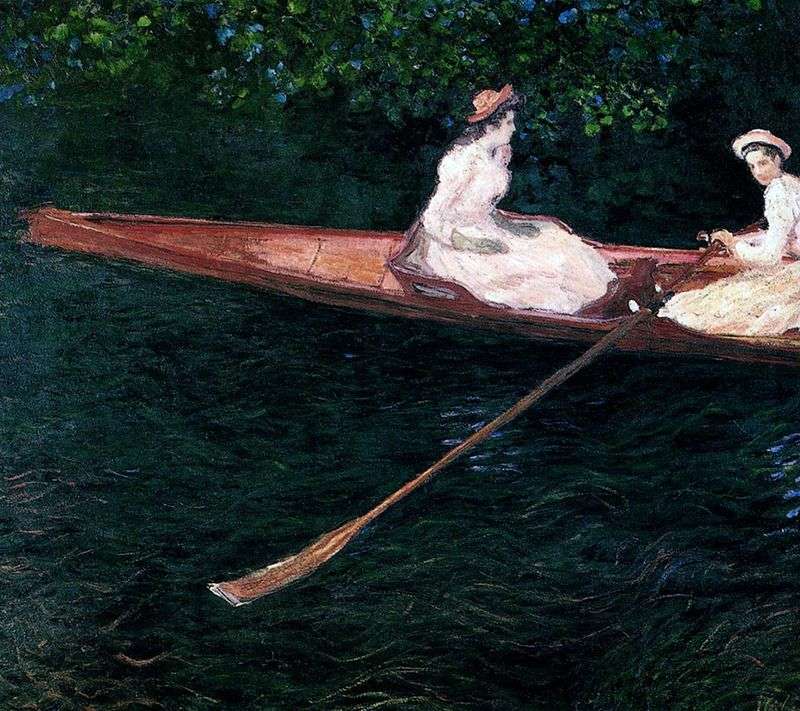
In 1908, Claude Monet set off on his penultimate journey: traveling with his wife to Venice at the invitation of the family of Curtis, an American friend of the artist John Singer Sargent, where he lives in the Palazzo Barbaro on the Grande Canal. Monet decides to stay in the city a little longer to work, and settles for two months at the Hotel Britannia. He is so mesmerized by the atmosphere of Venice, the light effects, the reflections of the water and the reflections in it of monuments that he comes there again the following year.
One architecture specialist, who asserted during an interview that “Doge’s Palace can be defined as an example of impressionistic rather than Gothic architecture,” Monet replied: “The architect who conceived this palace was the first impressionist. He created it floating on water, shining in the air of Venice, just as an impressionist artist imposes shining strokes on a canvas to convey a sense of atmosphere.
Working on this picture, I wanted to write exactly the atmosphere of Venice. The palace that arose in my composition was only a pretext to depict the atmosphere. After all, the whole of Venice is immersed in this atmosphere. Floating in this atmosphere. This is impressionism in stone. “
 Dusk. Venice by Claude Monet
Dusk. Venice by Claude Monet Palais des Doges – Claude Monet
Palais des Doges – Claude Monet Sunset in Venice by Claude Monet
Sunset in Venice by Claude Monet Agapanthus by Claude Monet
Agapanthus by Claude Monet Water Lilies by Claude Monet
Water Lilies by Claude Monet Girls sailing in a boat on the river Ept by Claude Monet
Girls sailing in a boat on the river Ept by Claude Monet Studio Boat by Claude Monet
Studio Boat by Claude Monet Nympheas by Claude Monet
Nympheas by Claude Monet